MARKET OVERVIEW
The Europe Kraft Paper market and its industry have been witnessing a dynamic transformation, driven by a surge in demand for sustainable and eco-friendly packaging solutions. This market encompasses a wide range of applications, from industrial to consumer goods packaging, reflecting a significant shift towards environmentally conscious products.
Kraft paper, known for its durability and high tear resistance, has long been a staple in packaging. Its production involves the chemical conversion of wood into wood pulp, leaving it with a distinct brown color and robust physical properties. In recent years, the industry has seen a growing preference for Kraft paper due to its recyclability and biodegradability, aligning with the increasing environmental regulations and consumer awareness across Europe.
The market is segmented by product types such as bleached, unbleached, sack Kraft paper, and wrapping and packaging Kraft paper. Each segment caters to specific industry needs, ensuring versatility and extensive applicability. Unbleached Kraft paper, for example, is favored for its strength and cost-effectiveness, making it ideal for industrial packaging and heavy-duty applications. On the other hand, bleached Kraft paper, with its aesthetically pleasing appearance, is predominantly used in the consumer goods sector, particularly for luxury packaging and branding purposes.
One of the significant drivers in the Europe Kraft Paper market is the burgeoning e-commerce industry. The exponential rise in online shopping has necessitated the need for sturdy, reliable, and sustainable packaging solutions. Kraft paper fits these requirements perfectly, providing an excellent combination of strength and eco-friendliness. Companies are increasingly adopting Kraft paper for shipping and packaging to enhance their sustainability credentials and meet consumer demands for green packaging options.
Furthermore, regulatory policies across Europe are increasingly favoring the use of sustainable materials, significantly impacting the Kraft Paper market. The European Union's stringent regulations on single-use plastics and the push towards a circular economy have incentivized industries to shift towards more sustainable packaging materials. Kraft paper, with its recyclability and reduced environmental footprint, stands out as a preferred choice among manufacturers and consumers alike.
Technological advancements in the production and processing of Kraft paper have also played a crucial role in the market's evolution. Innovations in manufacturing techniques have led to improved quality, strength, and printability of Kraft paper, making it more versatile and appealing for various applications. These advancements are expected to continue driving the market forward, enabling producers to meet the diverse needs of different industries.
The competitive landscape of the Europe Kraft Paper market is characterized by the presence of several key players who are continually investing in research and development to enhance their product offerings. These companies are focusing on developing innovative and customized solutions to cater to specific customer requirements, thereby gaining a competitive edge. Strategic collaborations, mergers, and acquisitions are also prevalent as companies strive to expand their market presence and tap into new opportunities.
Looking ahead, the Europe Kraft Paper market is poised for further expansion. The increasing emphasis on sustainability, coupled with advancements in production technologies and growing consumer awareness, will continue to drive demand. As industries across Europe seek to align with environmental goals and regulations, Kraft paper will play an integral role in the packaging landscape, offering a sustainable and versatile solution for a wide array of applications. The future of the Europe Kraft Paper market looks promising, with ongoing innovations and a strong commitment to sustainability paving the way for continued growth and development.
Europe Kraft Paper market is estimated to reach $6,081.3 Million by 2031; growing at a CAGR of 3.0% from 2024 to 2031.
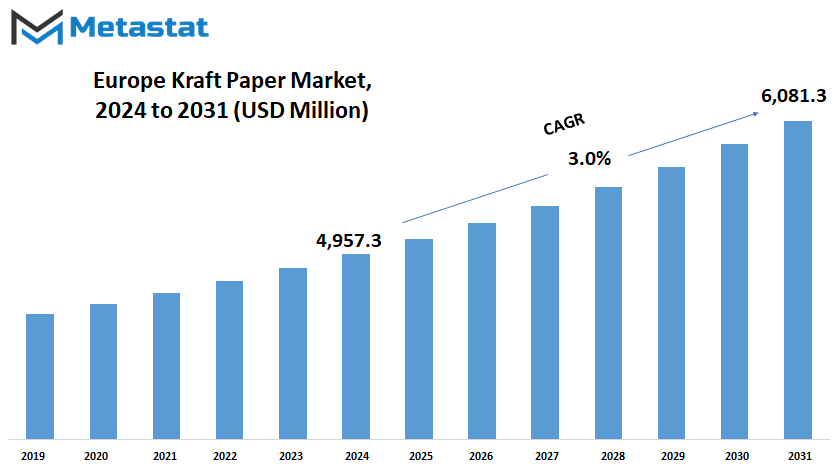
GROWTH FACTORS
The European Kraft paper market is poised for significant growth, primarily driven by the increasing demand for sustainable and eco-friendly packaging solutions. As consumers become more environmentally conscious, businesses are responding by adopting packaging materials that minimize their ecological footprint. Kraft paper, known for its durability and recyclability, fits this need perfectly. This shift towards greener alternatives is particularly important as regulatory pressures intensify, urging companies to minimize their use of plastic and other non-biodegradable materials.
The rise of e-commerce has further fueled the demand for Kraft paper. With the surge in online shopping, the need for robust and reliable packaging materials has skyrocketed. Kraft paper offers the strength and versatility required to protect goods during transit, ensuring they reach customers in pristine condition. Its adaptability makes it suitable for a wide range of products, from clothing to electronics, enhancing its appeal across various industries.
Despite its advantages, the Kraft paper market faces some challenges. High production costs and the fluctuating availability of raw materials can impact profitability and scalability. The process of manufacturing Kraft paper is resource-intensive, requiring substantial energy and water inputs, which can drive up costs. Moreover, the availability of quality raw materials, such as wood pulp, can be inconsistent, further complicating production efforts.
Competition from alternative packaging materials also poses a significant hurdle. Plastics and synthetic papers, despite their environmental drawbacks, offer certain advantages in terms of cost and performance that Kraft paper must contend with. These alternatives can sometimes be cheaper and more readily available, making them attractive options for businesses looking to cut costs.
However, innovation in the Kraft paper sector presents exciting opportunities for future growth. As research and development efforts focus on creating more recyclable and biodegradable Kraft paper products, the market can better meet the increasing consumer and regulatory demands for sustainable packaging solutions. These advancements not only enhance the environmental benefits of Kraft paper but also improve its functionality, making it an even more compelling choice for businesses.
Looking ahead, the European Kraft paper market is expected to thrive as it continues to adapt and innovate. By overcoming production challenges and leveraging its sustainable attributes, Kraft paper can secure a more prominent role in the packaging industry. The ongoing push towards greener practices and the relentless growth of e-commerce will undoubtedly keep the demand for Kraft paper on an upward trajectory, promising a bright and sustainable future for this versatile material.
MARKET SEGMENTATION
By Grade Type
The Europe Kraft Paper market is poised for significant growth, reflecting the ongoing shifts in consumer preferences and environmental awareness. By grade type, the market is divided into two main segments: bleached and unbleached. The bleached segment was valued at 1814.6 million USD in 2021, indicating a robust demand for high-quality, aesthetically pleasing packaging materials. This segment appeals to industries where appearance and product presentation are critical, such as luxury goods and cosmetics.
On the other hand, the unbleached segment was valued at 2044.4 million USD in 2021, surpassing the bleached segment. This segment benefits from a growing emphasis on sustainability and eco-friendliness. As consumers and companies alike become more conscious of their environmental impact, unbleached kraft paper, which is less processed and more biodegradable, is increasingly favored. This trend is expected to continue, driven by stricter environmental regulations and a stronger push for green packaging solutions.
Looking to the future, the kraft paper market in Europe will likely witness further innovations and advancements. Companies will invest in new technologies to improve the strength and versatility of kraft paper, making it suitable for a broader range of applications. For example, enhanced durability and moisture resistance could expand its use in food packaging, which requires materials that can withstand varying temperatures and humidity levels.
By Product
The Europe Kraft paper market has shown remarkable growth and potential, particularly when examining its divisions by product. Among these, Specialty Kraft Paper and Sack Kraft Paper stand out. In 2021, the Specialty Kraft Paper segment was valued at $1,584.7 million, highlighting its significant role in the market. This type of Kraft paper is known for its unique characteristics, which make it suitable for a variety of specialized applications. For instance, it is often used in the production of high-quality packaging materials, decorative wraps, and other items that require both strength and aesthetic appeal.
On the other hand, the Sack Kraft Paper segment held a higher value, reaching $2,957.3 million in 2021. Sack Kraft Paper is primarily utilized in heavy-duty packaging, including industrial bags for cement, chemicals, and other bulk materials. Its durability and high tear resistance are crucial for maintaining the integrity of the packaging during transportation and storage.
Looking ahead, the future of the Europe Kraft paper market appears promising. With increasing environmental concerns and the global shift towards sustainable packaging solutions, both segments are likely to experience continued growth. Specialty Kraft Paper, with its eco-friendly properties and versatility, will see heightened demand as businesses and consumers alike seek more sustainable options. The trend towards using biodegradable and recyclable materials in packaging will further boost the adoption of Specialty Kraft Paper.
Meanwhile, the Sack Kraft Paper segment is expected to benefit from the expanding industrial and construction sectors. As infrastructure projects and industrial activities ramp up across Europe, the need for robust and reliable packaging solutions will rise. Innovations in manufacturing processes and the development of even stronger and lighter Sack Kraft Paper will cater to these demands, ensuring its continued relevance and growth.
Moreover, technological advancements in the production of Kraft paper will enhance its quality and functionality, making it more competitive against alternative materials. As the market evolves, we can anticipate further diversification in the applications of both Specialty and Sack Kraft Paper, driven by ongoing research and development efforts.
By Finish Type
Starting with Glazed finish, it's a type that brings a shiny surface to the paper, enhancing its visual appeal. This finish not only catches the eye but also adds a layer of protection to the paper, making it more durable and resistant to moisture. In a world where sustainability is increasingly valued, it's worth noting that many glazed papers are also eco-friendly, meeting the demands of environmentally-conscious consumers.
On the other hand, Finished type brings a different set of qualities to the table. It offers a smoother surface compared to Glazed finish, which can be advantageous for certain applications. The smoothness of Finished paper makes it ideal for printing high-quality images and text, ensuring clarity and precision in the final product. Additionally, Finished paper often boasts excellent ink retention, allowing for vibrant colors and crisp details in printed materials.
Looking ahead, the European Kraft Paper market is poised for further growth and innovation. With advancements in technology and a growing focus on sustainability, we can expect to see even more diverse finish types emerge in the market. These new finishes will not only cater to different aesthetic preferences but also offer enhanced functionality to meet the evolving needs of consumers and businesses alike.
By End-User
The Europe Kraft Paper market is experiencing significant growth due to its diverse applications across various industries. By examining the market's future, it is evident that several sectors will drive its expansion, with each contributing uniquely to the increasing demand for Kraft Paper.
In the Food and Beverages industry, Kraft Paper is expected to play a crucial role in packaging. As consumer preferences shift towards eco-friendly and sustainable options, companies will likely adopt Kraft Paper for its biodegradability and minimal environmental impact. The trend of using natural materials for packaging will continue to grow, driven by increasing awareness about the environmental effects of plastic waste. Kraft Paper, being recyclable and sturdy, will meet these needs effectively.
The Pharmaceutical industry is another significant end-user of Kraft Paper. As packaging in this sector requires materials that ensure the safety and integrity of products, Kraft Paper will be favored for its durability and protective properties. In the future, the rise of e-pharmacy and the expansion of healthcare services across Europe will likely boost the demand for secure and reliable packaging solutions. Kraft Paper, with its robustness and ability to withstand various handling conditions, will be a preferred choice.
The Building and Construction sector will also see an uptick in the use of Kraft Paper. It is widely used for wrapping and protecting building materials during transportation and storage. With the ongoing urbanization and infrastructural development across Europe, the need for such protective packaging will increase. Kraft Paper's strength and resilience make it an ideal material for this purpose, ensuring that building materials reach their destinations without damage.
In the Cosmetic and Personal Care industry, Kraft Paper's appeal lies in its natural and rustic look, which aligns with the branding of many organic and natural product lines. As consumers become more conscious of the packaging used in personal care products, companies will continue to shift towards sustainable options. Kraft Paper, with its eco-friendly properties and aesthetic appeal, will be increasingly used for packaging beauty products.
The Electronics and Electricals sector will also contribute to the growing demand for Kraft Paper. As this industry requires packaging that can protect sensitive electronic components from static and physical damage, Kraft Paper will be utilized for its protective qualities. With the proliferation of electronic devices and the expansion of the tech industry in Europe, the need for effective and reliable packaging solutions will rise.
The future of the Europe Kraft Paper market looks promising with its wide-ranging applications across various industries. From eco-friendly food packaging to protective pharmaceutical packaging, and from durable construction material wrapping to appealing cosmetic packaging, Kraft Paper is set to become an indispensable material. As industries continue to innovate and prioritize sustainability, the demand for Kraft Paper will undoubtedly increase, reinforcing its importance in the market.
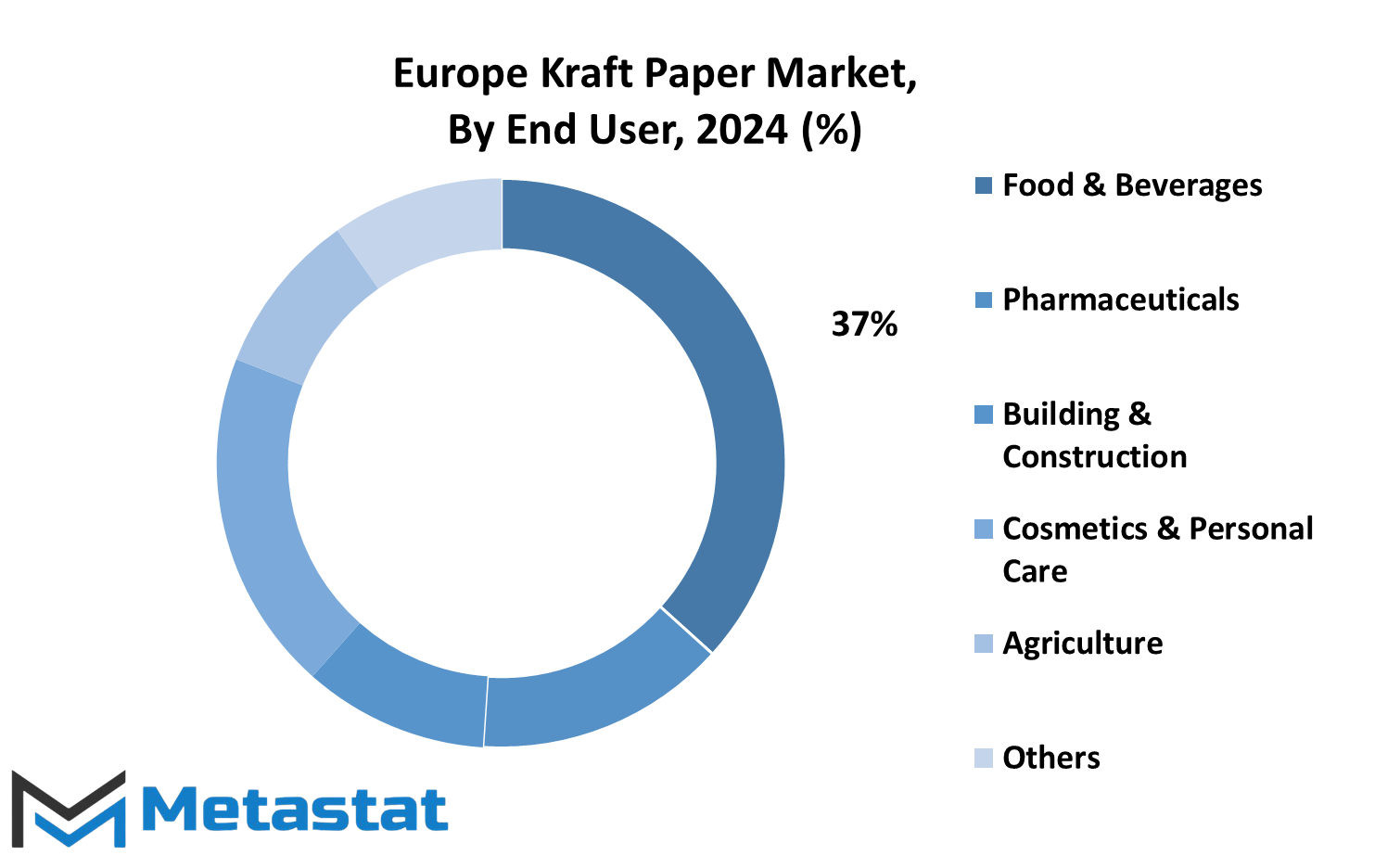
REGIONAL ANALYSIS
The future of the Kraft paper market in Europe looks promising, with significant growth potential across various countries, including the UK, Germany, France, Italy, and the rest of Europe. This positive outlook is driven by several key factors, reflecting broader trends and evolving consumer preferences.
In the UK, there is a growing awareness of environmental issues and a strong push towards sustainability. Consumers and businesses alike are increasingly looking for eco-friendly packaging solutions. Kraft paper, being biodegradable and recyclable, fits perfectly into this narrative. As a result, the demand for Kraft paper in the UK is expected to rise, driven by both legislative measures aimed at reducing plastic waste and a societal shift towards greener practices.
Germany, known for its robust industrial base, is another significant player in the European Kraft paper market. The country’s commitment to recycling and stringent environmental regulations will continue to drive the demand for sustainable packaging materials. German manufacturers, renowned for their efficiency and innovation, are likely to increase their use of Kraft paper, integrating it into various applications ranging from packaging to specialized industrial uses.
France, with its strong emphasis on sustainability and environmental protection, will also see a growing market for Kraft paper. French consumers are becoming more environmentally conscious, and businesses are responding by adopting greener packaging solutions. The government's policies supporting the reduction of plastic use and the promotion of recyclable materials will further boost the Kraft paper market in the country.
Italy, known for its rich cultural heritage and diverse industries, is also expected to contribute to the growth of the Kraft paper market. The Italian market will benefit from the increasing demand for eco-friendly packaging in sectors like fashion, food, and beverages, where traditional packaging is being replaced by more sustainable options. Additionally, Italy's strong focus on quality and design will likely drive innovation in Kraft paper products, enhancing their appeal.
The rest of Europe, encompassing various other countries, will collectively add to the market's expansion. Each country, with its unique set of environmental regulations and consumer preferences, will contribute to the overall growth. As sustainability becomes a universal goal, the use of Kraft paper will spread across different sectors, from retail to manufacturing, and from small businesses to large corporations.
The European Kraft paper market is poised for significant growth. The combined efforts of countries like the UK, Germany, France, Italy, and others in Europe, driven by a shared commitment to sustainability and environmental protection, will ensure a bright future for Kraft paper. This market's expansion reflects a broader global trend towards greener, more sustainable practices, highlighting the important role of Kraft paper in achieving these goals.
COMPETITIVE PLAYERS
The Europe Kraft paper market is currently characterized by significant competition among numerous key players. These companies, including Ahlstrom-Munksjö, BillerudKorsnäs AB, Gascogne Papier, Heinzel Holding GmbH, Klabin S.A., Mondi plc, and Natron-Hayat doo, are at the forefront of this dynamic industry. They are joined by Nordic Paper Holding AB, Sappi Limited, Segezha Group, Smurfit Kappa Group plc, Stora Enso Oyj, SandPaper AB, Daio Paper Construction, Oji Holdings Corporation, International Paper, SCG Packaging, WestRock Company, Tokushu Tokai Paper Co., Ltd., and Goodwin Robbins Packaging Company Inc. As we look to the future, the competitive landscape is expected to intensify, driven by innovation and sustainability trends.
These companies are striving to differentiate themselves through various strategies, including technological advancements and sustainable practices. For instance, many of these firms are investing heavily in research and development to create more efficient and environmentally friendly products. This trend is anticipated to continue, with an increasing focus on reducing the environmental impact of production processes. Sustainability has become a key selling point, as consumers and regulators alike demand greener products.
Moreover, the integration of digital technologies in the manufacturing process is set to revolutionize the Kraft paper market. Automation and data analytics are being used to enhance production efficiency and product quality. These technological innovations not only help companies reduce costs but also enable them to offer more customized solutions to their clients. As a result, businesses that effectively leverage these technologies are likely to gain a competitive edge.
The competitive players in the European Kraft paper market are also expanding their geographical footprints to tap into new markets. This expansion is crucial for sustaining growth in an increasingly globalized economy. By entering emerging markets, these companies can diversify their revenue streams and reduce their dependence on the European market. Strategic partnerships and acquisitions are common strategies used to facilitate this expansion, allowing companies to quickly gain market share and strengthen their global presence.
Another factor shaping the future of the Kraft paper market is the evolving consumer preferences. There is a growing demand for eco-friendly and recyclable packaging solutions, which is driving innovation in product design and materials. Companies that can adapt to these changing preferences and offer products that meet the high standards of sustainability and functionality are expected to thrive.
The Europe Kraft paper market is poised for significant growth and transformation. Key players are focusing on innovation, sustainability, and global expansion to stay competitive. As technology continues to advance and consumer demands evolve, the market will likely see even more dynamic changes, presenting both challenges and opportunities for the industry’s leading companies.
Europe Kraft Paper Market Key Segments:
By Grade Type
- Bleached
- Unbleached
By Product
- Specialty Kraft Paper
- Sack Kraft Paper
By Finish Type
- Glazed
- Finished
By End-User
- Food and Beverages
- Pharmaceutical
- Building and Construction
- Cosmetic and Personal Care
- Electronics and Electricals
- Other
Key Europe Kraft Paper Industry Players
- Ahlstrom-Munksjö
- BillerudKorsnäs AB
- Gascogne Papier
- Heinzel Holding GmbH
- Klabin S.A.
- Mondi plc
- Natron-Hayat doo
- Nordic Paper Holding AB
- Sappi Limited
- Segezha Group
- Smurfit Kappa Group plc
- Stora Enso Oyj
- SandPaper AB
- Daio Paper Construction
- Oji Holdings Corporation
WHAT REPORT PROVIDES
- Full in-depth analysis of the parent Industry
- Important changes in market and its dynamics
- Segmentation details of the market
- Former, on-going, and projected market analysis in terms of volume and value
- Assessment of niche industry developments
- Market share analysis
- Key strategies of major players
- Emerging segments and regional growth potential



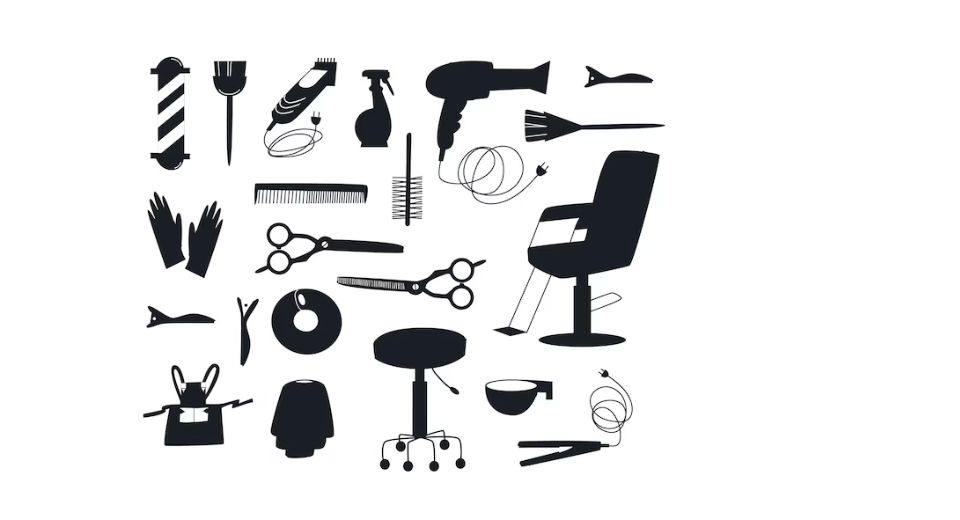
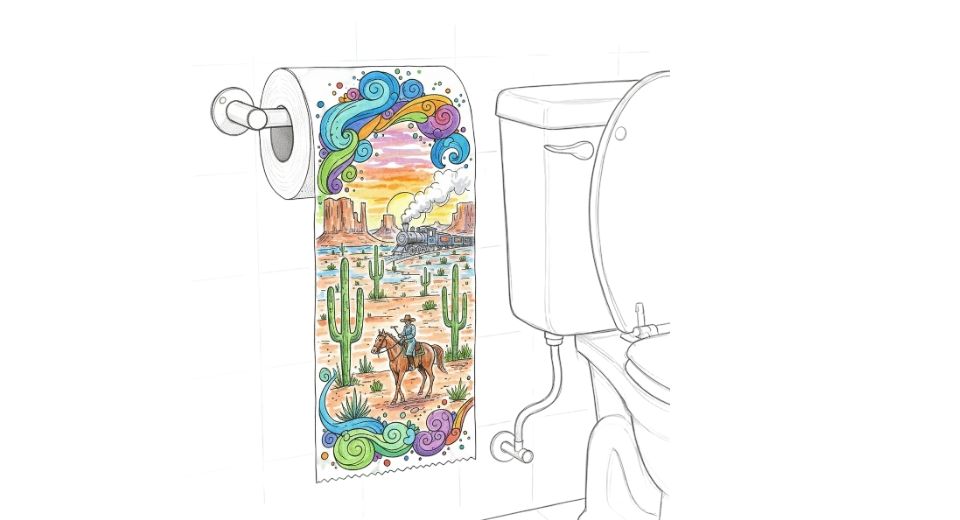

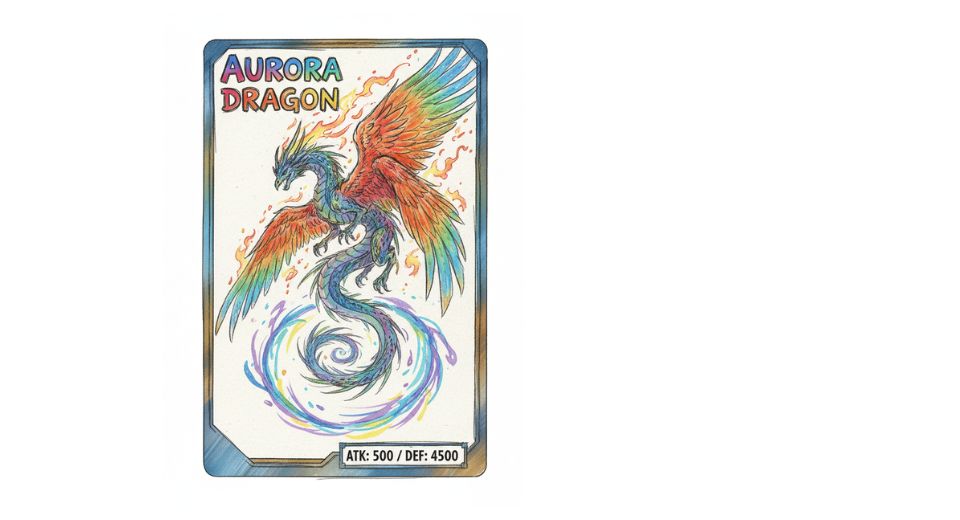

 US: +1 3023308252
US: +1 3023308252






